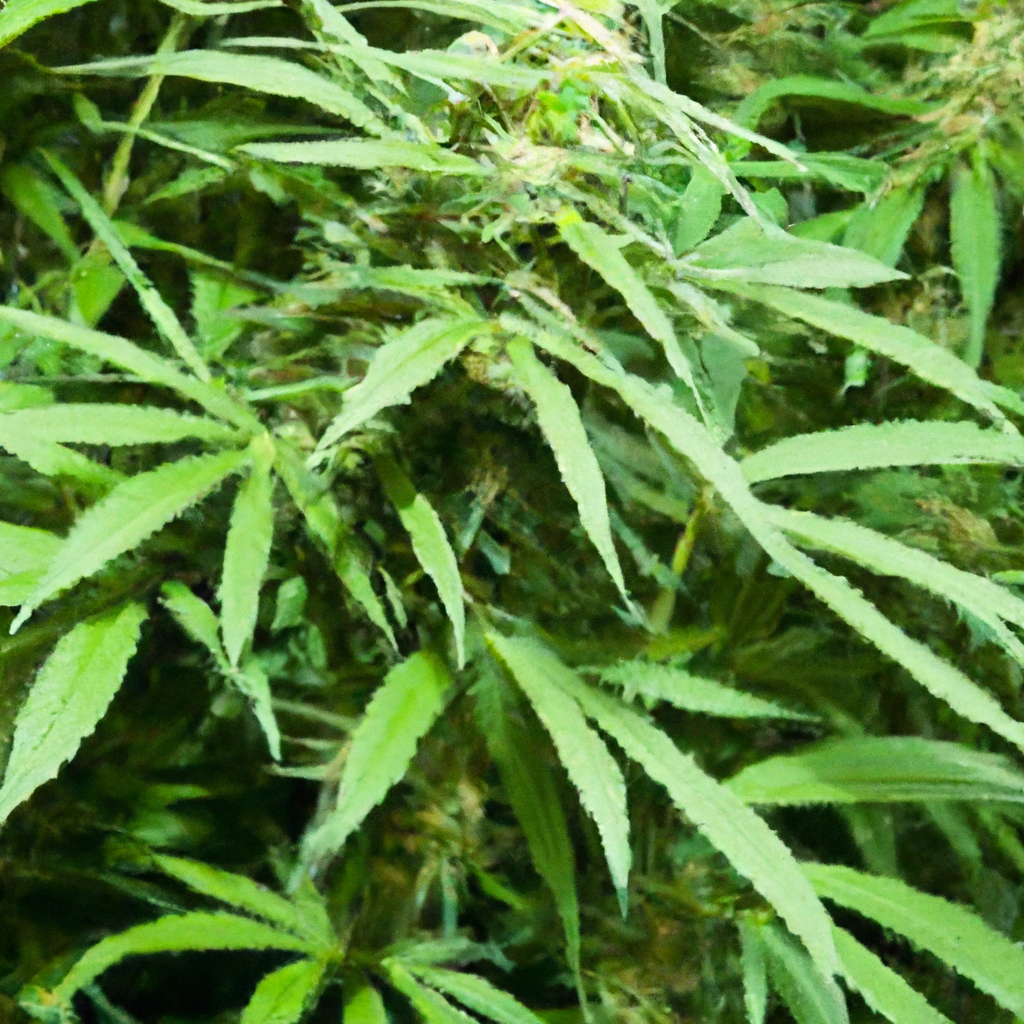Welcome to the world of sustainable cannabis cultivation with John “Magic” Greenleaf, a pioneer in nurturing strains that harmonize with their environments. Today, let’s delve into how trellising techniques not only support healthy plant growth but also align with sustainable practices to boost yield and minimize environmental impact.
The Art of Trellising: A Foundation for Sustainable Growth
Trellising is a method that supports plant structure, promoting optimal light distribution and airflow. This technique is integral in sustainable growing because it reduces the need for external inputs while enhancing plant health. By understanding its environmental benefits, we can revolutionize how we grow cannabis sustainably.
Benefits of Sustainable Trellising
- Enhanced Light Exposure: Trellising allows better light penetration, ensuring consistent cannabinoid and terpene production without additional lighting.
- Improved Air Circulation: Proper airflow reduces the risk of mold and pests, minimizing the necessity for chemical treatments.
- Resource Efficiency: This method requires fewer resources, like water and nutrients, due to more efficient distribution.
Implementing Trellis Systems: A How-to Guide
- Selecting Materials: Choose eco-friendly materials such as biodegradable twine or recycled plastic nets to lower environmental impact.
- Setting Up: Install trellises before plants enter the flowering stage. Position the netting 12-18 inches above the soil to accommodate growth.
- Training Plants: Guide plant branches through the trellis as they grow, creating a flat canopy. This step maximizes exposure and support.
- Monitoring Growth: Regularly check trellises, adjusting tension and positioning as needed to support dynamic growth throughout the cycle.
Case Study: Magic Kush and Trellising Triumphs
In Colorado’s unique high-altitude climate, John “Magic” Greenleaf applied sustainable trellising to his “Magic Kush” strain. This indica-dominant variety, renowned for its potency and medicinal properties, achieved a 30% increase in yield through enhanced resource efficiency and reduced environmental stress. John’s trellising technique not only optimized this strain’s growth but also lessened its ecological footprint.
Conclusion
Adapting sustainable trellising techniques is more than a cultivation strategy—it’s a commitment to responsible earth stewardship. By optimizing plant health and resource use, we not only grow resilient cannabis but also safeguard our planet’s future.


Leave a Reply